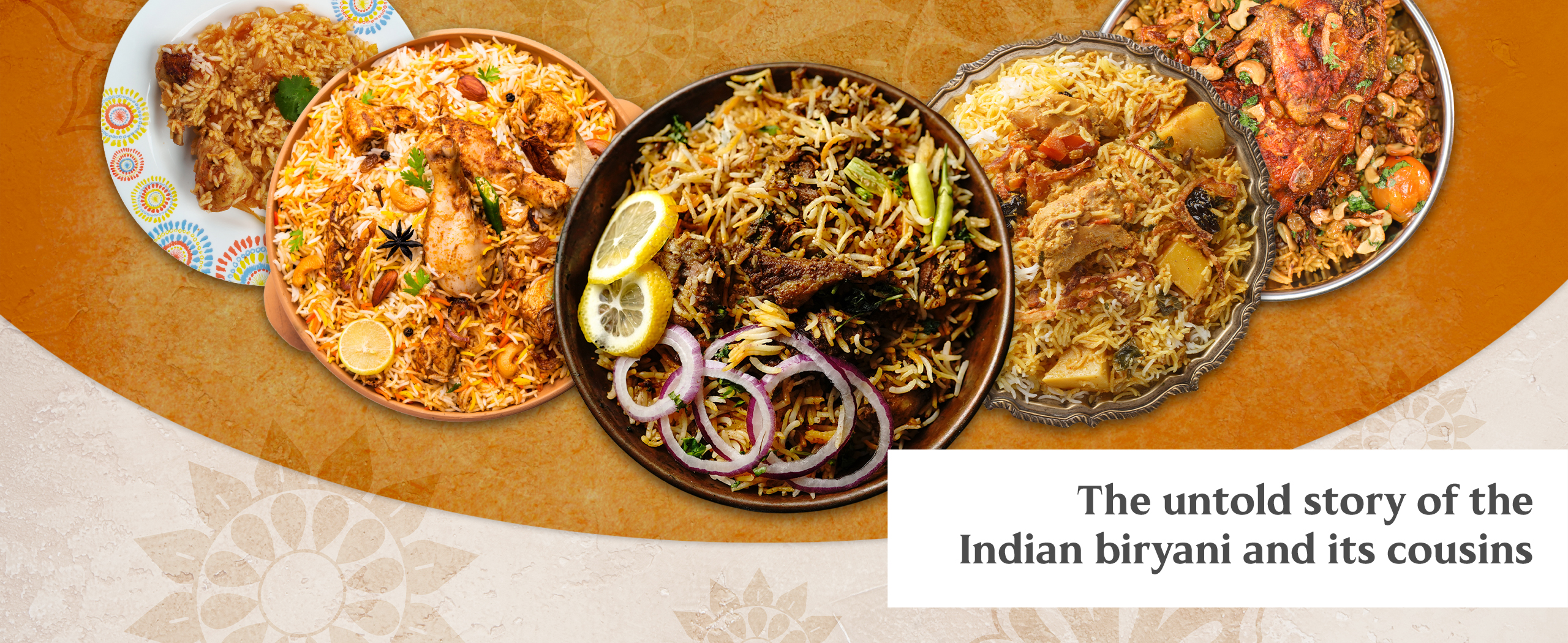It is impossible to imagine our culinary life without the tangy zing of tomatoes, but for a very long time, that’s how it was. The native Pueblo people in the southwestern U.S. held the tomato in great esteem and believed it bestowed divine powers. It was also a favorite of the Aztecs in Mexico. They called it Xitomatl and used its many varieties in their sauces. Yet it wasn’t until the 16th century that the Old World discovered the tomato through the Columbian Exchange.
An integral part of many world cuisines, tomatoes have taken center stage in cooking and shaped culinary traditions since. This article tells the tale of their discovery and early history, encompassing their domestication and hybridization, the diverse ways in which they are used, and more. Join us for a zesty educational ride…!
What are tomatoes?
Contrary to popular belief, tomatoes are berry fruits. However, due to their very low sugar content and tart taste, they are widely thought of and consumed as vegetables. Tomato plants belong to the Nightshade family, which includes potatoes and chili peppers. Tomato vines are annual; they complete their life cycle within one growing season and are replanted for the next. This delicate plant is vulnerable to extreme cold and frost. It thrives in warmer climates, but is sensitive to intense heat. It also runs a risk of pests and diseases due to its relative fragility.
Heirloom tomatoes are open-pollinated varieties that yield iconic and unique flavors, colors, and shapes. Their seeds can be saved and used to raise the next generation of plants that are genetically identical to the parent. Popular heirloom tomato varieties include Brandywine, Big Rainbow, Cherokee Purple, Garden Peach, and Green Zebra.
Some heirloom tomatoes have been cultivated for centuries and are known to have a better flavor than hybrid varieties, even though the fruit is not consistently uniform in color and shape. Unfortunately, heirloom tomato plants are not very resistant to diseases and viruses, which means that the crop can go bad quickly if adequate, timely measures are not taken.
In contrast, hybrid tomato plants are more resistant to disease because they are created by controlled cross-pollination of two varieties. They ripen to a uniform red, shape, and size. Hybrid tomato cultivars are bred for specific traits. They take decades to perfect and are expensive, but deliver a higher yield. This is why they are usually used for commercial crops. However, these hybrid varieties have a poor flavor in comparison to heirloom tomatoes.
Unlike their heirloom counterparts, hybrid tomatoes do not breed true; their seeds cannot be saved and replanted due to genetic instability. Popular hybrid tomato varieties include Big Boy, Celebrity, Champion, Indigo Ruby, and Lemon Boy, among others.
When and where was the tomato discovered?
Genomic analysis of the modern-day tomato does not allow a solid conclusion about how its wild ancestor, native to western South America, was domesticated. Its domesticated ancestor is thought to be the cherry tomato. Genetically, the cherry tomato is considered an intermediate between the wild currant tomatoes and domesticated plants. The exact date of tomato’s domestication is unknown, but it is assumed that the cultivated plant existed in southern Mexico around 5000 BCE.
One of the earliest known records of domesticated tomatoes is about how the 15th-century Aztec people cultivated and used their different varieties. Not only did they domesticate it, but cultivated its many variants: red, green, and yellow, large and small, different in shapes and flavor. They primarily used tomatoes to make sauces. In the early 16th century, when the Spanish conquered the Aztecs’ capital, known for its agricultural innovations and trade networks, tomatoes came to be known by the rest of the world.
The Columbian Exchange and the spread of the tomato
The Columbian Exchange was the transatlantic transfer of goods, plants, people, and more from the New World (Americas) to the Old World (Europe and the rest). It started with Christopher Columbus’s discovery of America in 1492, but hit a peak after the Spanish conquest of the Aztec capital, Tenochtitlan. Initially domesticated and grown in Mesoamerica, the tomato was thus brought to Spain, from where it spread to Spanish colonies in Europe, the Caribbean, and farther into Southeast Asia.
The earliest mention of the tomato in European literature is from 1544, when the Italian herbalist Pietro Andrea Mattioli described it as a ‘new type of eggplant brought to Italy’. He described it as blood red or golden when mature, and said it could be cooked with salt, pepper, and oil. He also classified it as a nightshade, which contributed to its delayed acceptance in different parts of Europe.
For a good long while, there was uncertainty around the tomato in England, its North American colonies, and Europe. John Gerrard, an influential British herbalist of the late 16th century, concluded that the tomato was poisonous since it belonged to the family of a deadly nightshade. The deaths of some European aristocrats also contributed to strengthening the ‘poison apple’ theory about tomatoes. It remains unclear if they were victims of tomatoes or lead poisoning caused by the chemical interaction between the high-lead dinnerware and the highly acidic berry fruits.
Italians were quicker to drop the anxieties about the tomato and began to incorporate it into their cuisine around the 18th century. In England, tomatoes started to appear in vegetable markets in the early 19th century; still cultivated as an ornamental plant, their usage in cooking was limited to the Italian and Jewish cuisines. However, under the influence of British travelers and traders, the tomato started gaining popularity in British cuisine. It was primarily used in soups, sauces, and salads. As in their North American colonies, the British introduced tomatoes to colonized parts of the Middle East, starting from Syria.
In China, tomatoes made an appearance around the 16th century via the Philippines. It met a response similar to Europe; people were curious and confused, and it took them time to start incorporating it into local cooking.
In India, the tomatoes came in the 1600s with the Portuguese. The misconceptions about them also came along. So, the local cultures took their time before accepting them. The commercial cultivation of tomato in 1832 British India is thought to have been for the consumption of the Europeans in the region. The elite associations of the ‘foreign eggplant’, as the Indians called it, also contributed to it not gaining quick mass appeal. It did not feature in traditional North Indian delicacies, although the Bengalis loved it; the tomato was perfect for their sweet and sour cookery. Regular Indian cooking did not begin to see tomato as a featured ingredient until the 20th century, when people started to appreciate it for its subtle sourness and deep umami flavor.
Tomatoes in modern global cuisine and culture
Today, tomatoes can be found all across the globe and in such quantities and varieties that it is difficult to imagine a time without them. They are incredibly juicy with an acidic taste and very slightly sweet. The exact flavor type can depend on what type of tomato it is, but as a rule of thumb, they add acidity and lots of umami to any dish. Nutritionally speaking, the tomato is low in calories because it’s mostly made up of water. But it is rich in vitamins like A and C, antioxidants like lycopene, and minerals like potassium.
In 2021, China was the largest grower of tomatoes and contributed about 35% to the world’s production. Quite clearly, the tomato has found loving acceptance in every part of the world, despite the reaction it faced when it was first introduced to the Old World. Italy beats all other countries with the highest per capita consumption of tomatoes at just over 100 kilograms.
An indispensable part of popular world cuisines, like Italian and Mexican, the tomato is used in soups, pasta and pizza sauces, salads, cocktails, enchiladas, salsas, and more.
There are hundreds of different varieties of tomatoes grown in Italy alone, each of which is perfect for something. Piennolo is grown on Mount Vesuvius and is used for different Italian sauces. Pisanello, from Tuscany, is perfectly balanced, often used for savory bruschetta. Cuore di Bue (translating to ox heart) is a peculiarly shaped tomato, meaty and juicy, perfect for raw eating in salads.
Mexicans love to make their sauces and salsas from Roma tomatoes. For salads and garnishes, cherry tomatoes are a popular choice. Flattened Beefsteak tomatoes are often used for sandwiches. Heirloom tomatoes are also a Mexican favorite owing to their uniqueness of color, size, shape, and flavor.
Spanish cooking relies on tomatoes as a staple ingredient for stews, soups, sauces, salads, and even rice dishes. Pan con tomate, a simple but delicious Catalan dish, is made from toasted bread infused with a rich tomato flavor and seasoned with garlic, olive oil, and salt. Gazpacho, a chilled soup, is another popular tomato-based dish. The vegetable stew, Pisto, also features tomatoes alongside eggplant, zucchini, onions, and peppers. Spanish rice (arroz rojo) is a kind of pilaf that uses tomatoes as a key ingredient.
Do you know about the La Tomatina?This ‘tomato festival’ has been held in Buñol, Spain, since 1945, on the last Wednesday of August. Thousands come together from around the world to honor tomatoes. People throw over-ripe squashed tomatoes at each other and celebrate the beauty of tomatoes’ appearance and their unique flavors. |
In the Indian subcontinent, modern cooking has happily embraced tomatoes. Albeit this change in attitude does not go further back than the 20th century. Some attribute its delayed acceptance to North Indian traditional recipes that did not rely on tomato. In modern cooking, however, it is used to add sweetness and tanginess, and for bulking up curry sauces. It pairs up nicely with spices that are traditionally used in Indian cooking, and adds depth of flavor and texture. It is common to add it fresh or pureed to onions, ginger, and garlic when making a sauce base for curries. However, the tomato’s umami factor is perhaps the primary reason that modern Indian cooking loves it, hence the Indian favorites like the chicken tikka masala and butter chicken.
Conclusion
The tomato has had quite a journey over the last few centuries. It has traveled across half the world to meet new people, who took their time before accepting it for its exciting flavors. They all loved it for its beauty of appearance, but remained suspicious of its worth for more than one reason. From being a crop that everyone considered poisonous to becoming a worldwide favorite, the history of the tomato is rich and colorful. Today, over 10,000 varieties of the tomato exist, and while most of them are commercial varieties, you can grow some of them in your home garden!



